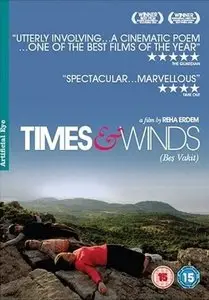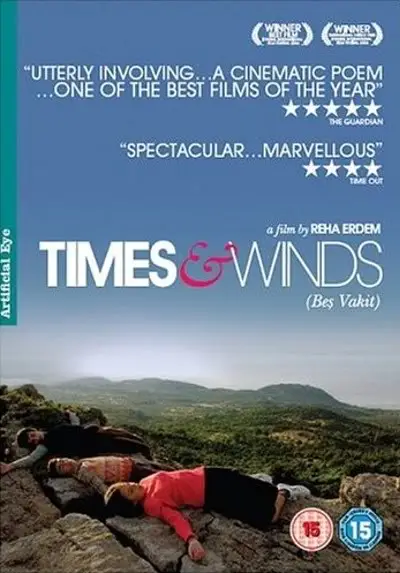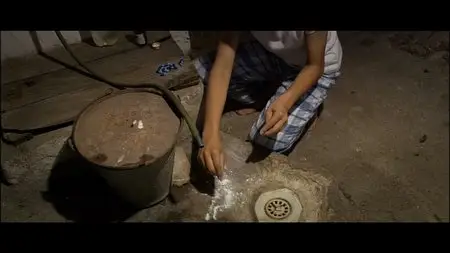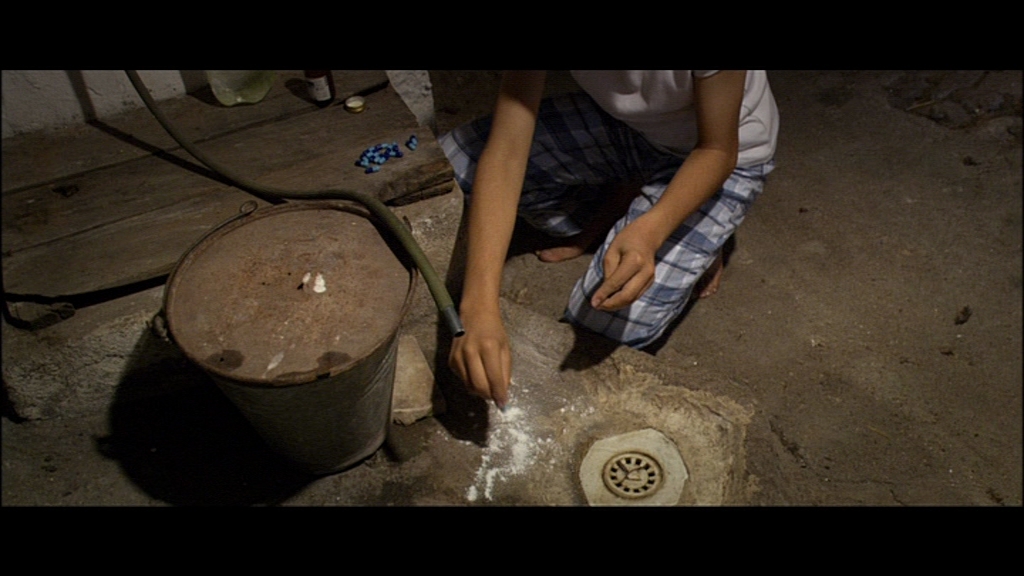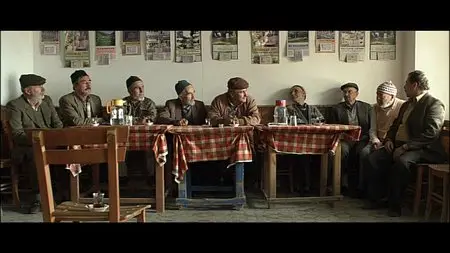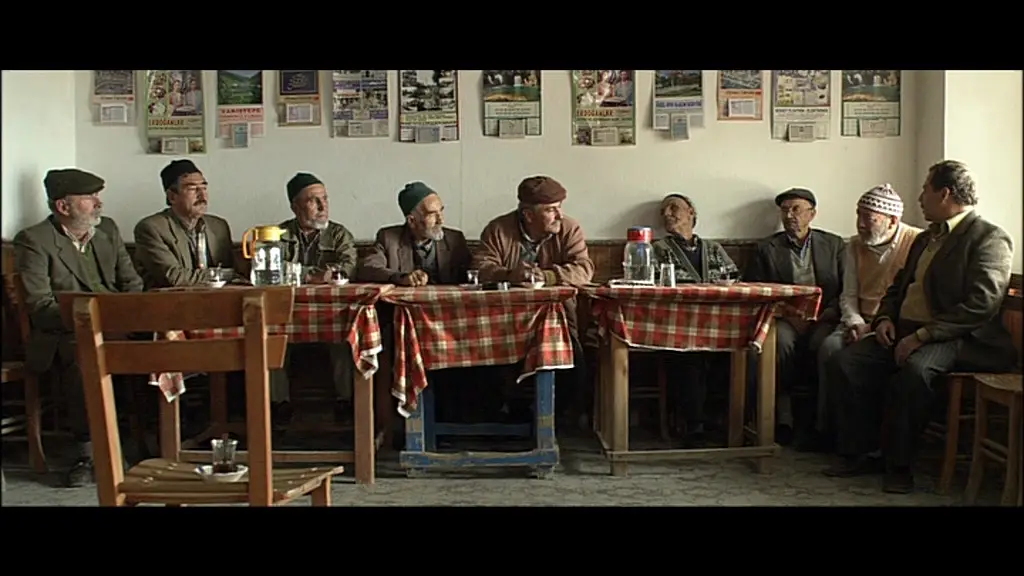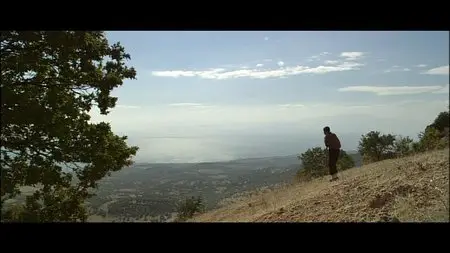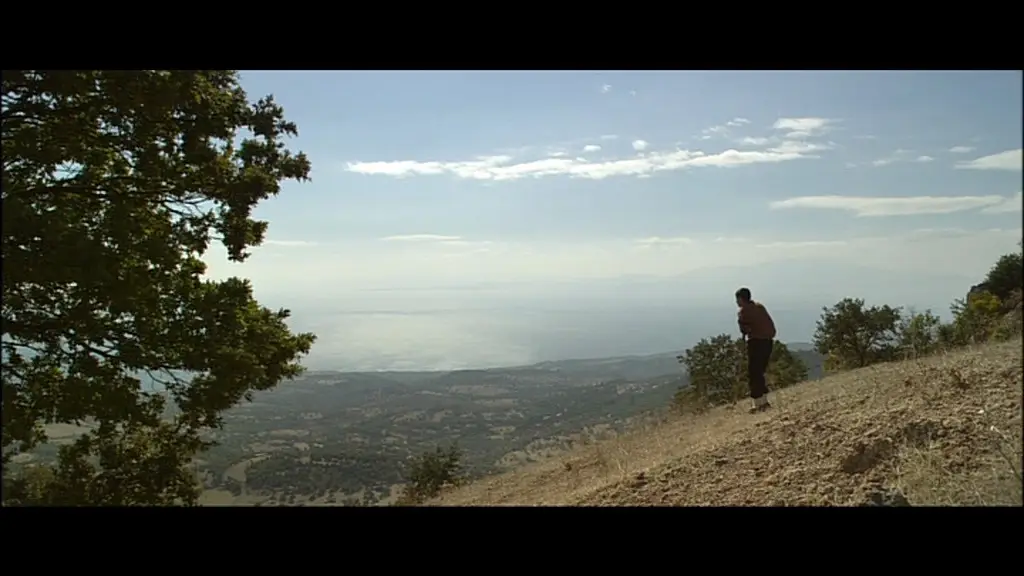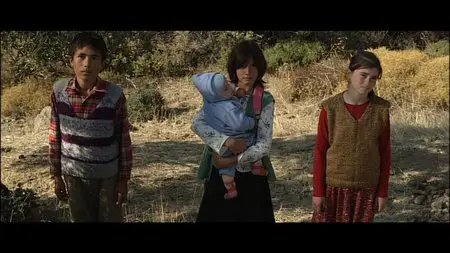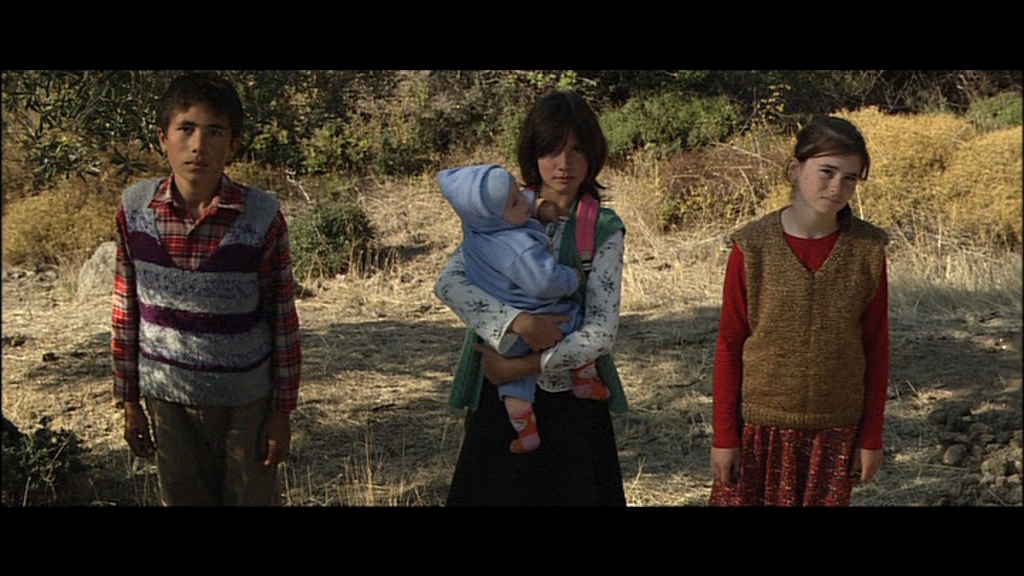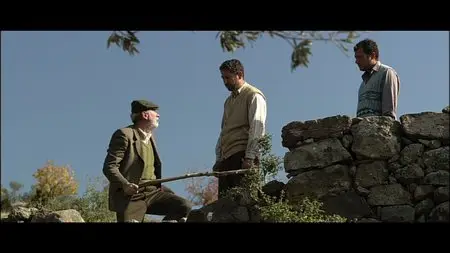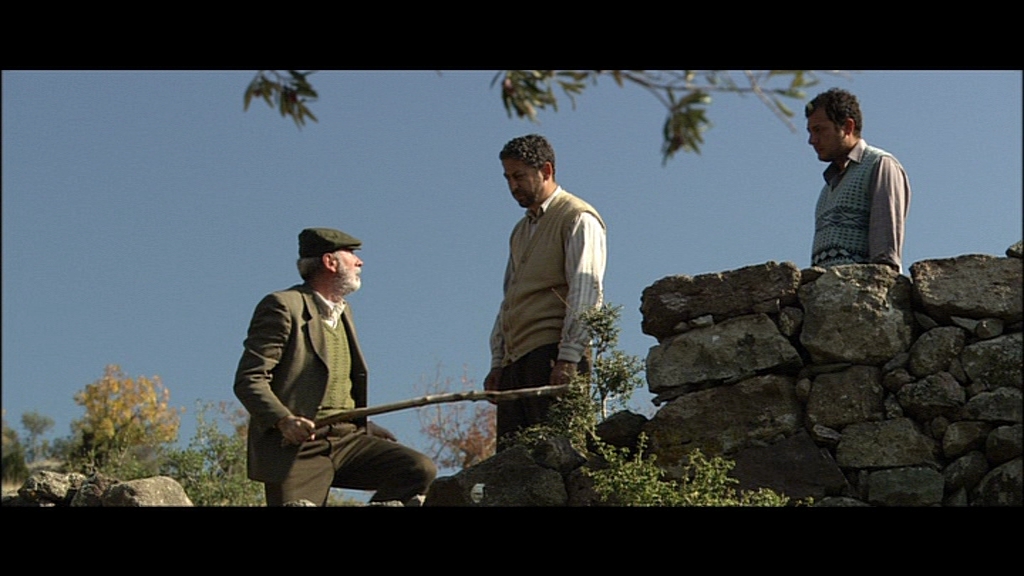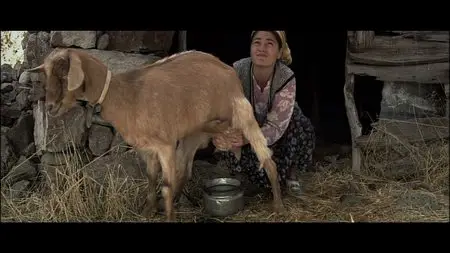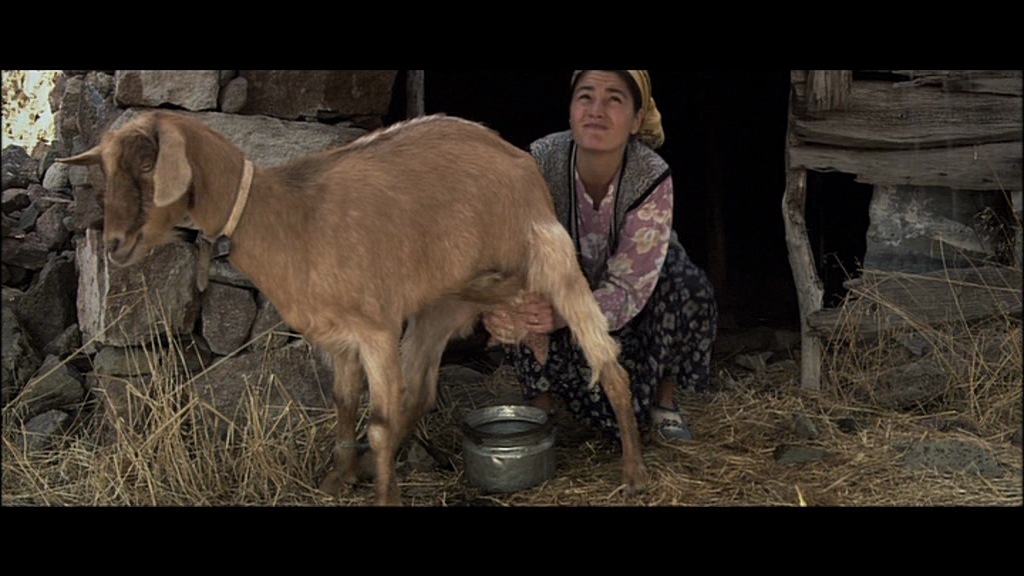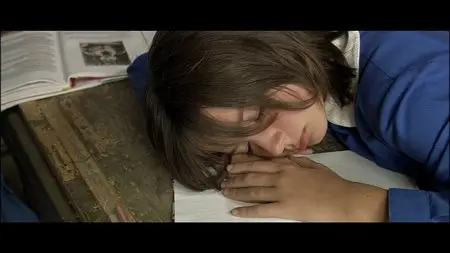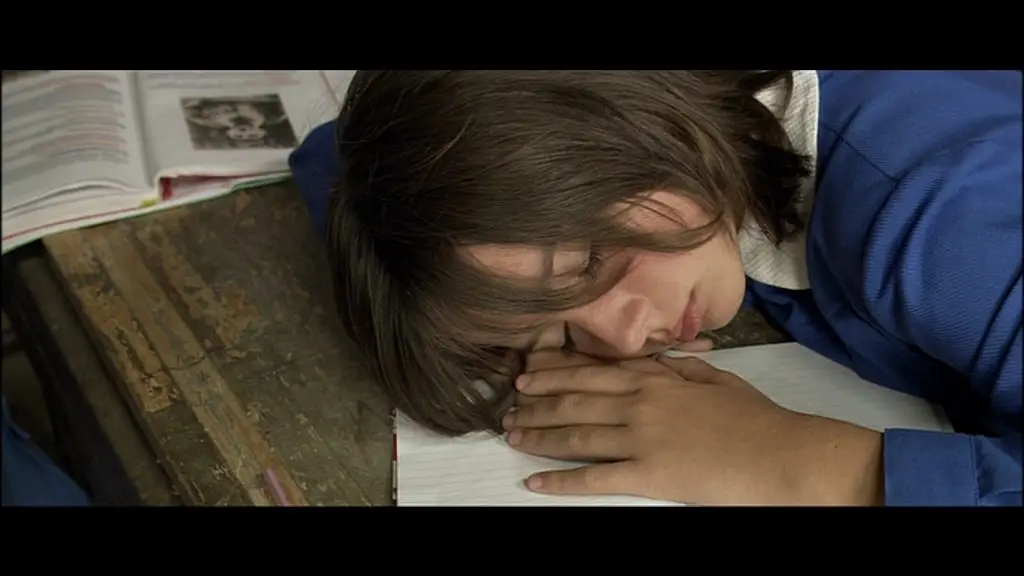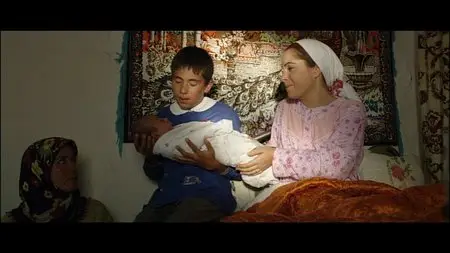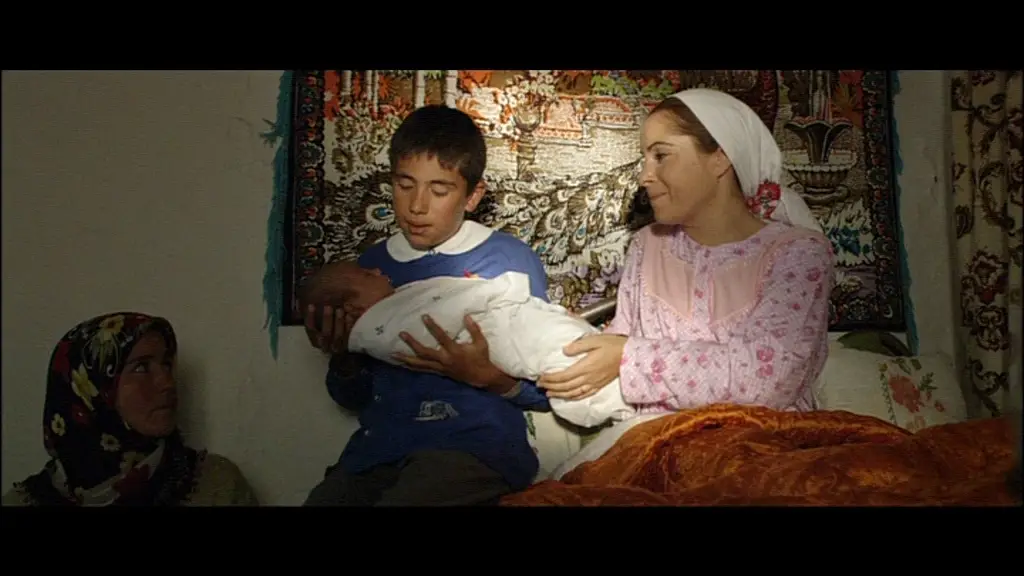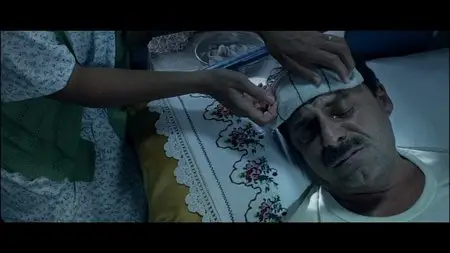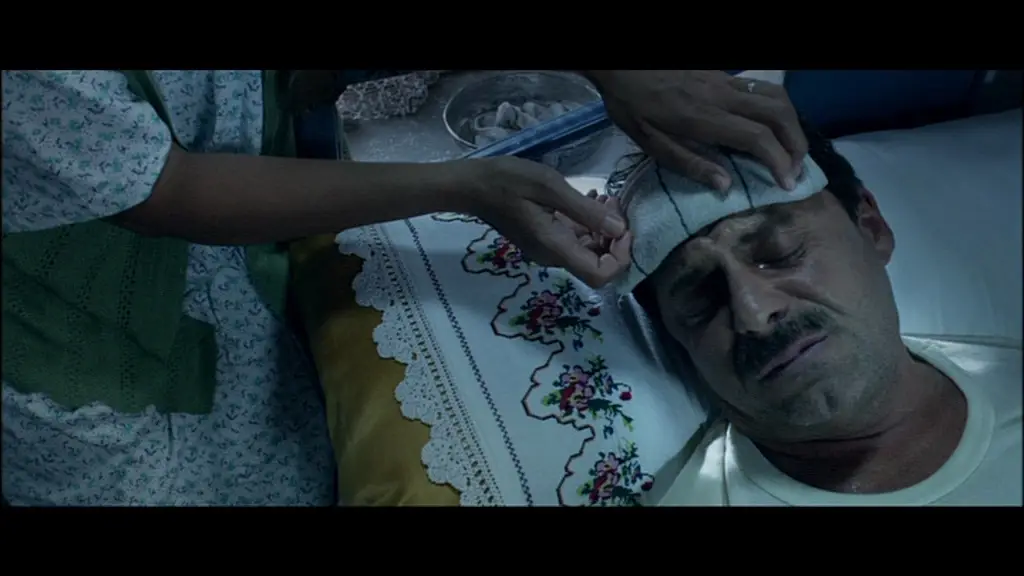Times and Winds (2006) [Artificial Eye]
DVD9 | ISO+MDS | PAL 16:9 (720x576) | 01:46:53 | 5,91 Gb
Audio: Turkish AC3 5.1/2.0 @ 448/192 Kbps | Subs: English
Genre: Drama | 3 wins | Turkey
DVD9 | ISO+MDS | PAL 16:9 (720x576) | 01:46:53 | 5,91 Gb
Audio: Turkish AC3 5.1/2.0 @ 448/192 Kbps | Subs: English
Genre: Drama | 3 wins | Turkey
A small, poor village leaning over high rocky mountains, facing the immense sea, flanked by olive yards. Villagers are simple and diligent people who struggle to cope with a harsh nature. They earn their living, on a daily survival basis, out of the earth and of a few animals they feed. Just like the animals and trees around them, they have the knowledge of their temporary existence, hence a sober resignation prevails. They live according to the rhythm of the earth, air and water, day and night and seasons. The daily time is divided into five parts by the sound of the call to prayer. Every day, all human events are lived through within these five time slices. In child raising, grownups go on with the practice they have experienced by their parents. They expose their love awkwardly and consider beating a favorable method. Fathers always prefer one of their sons. Mothers command their daughters ruthlessly…
IMDB
Artyficial Eye
It’s astonishing, when experiencing this incredible film, to reflect on the fact that this is writer / director Reha Erdem’s first feature. Everything about it – the story and dialogue, the pacing, the framing and the absolutely stunning cinematography – reflects skills normally acquired only after years of experience behind the camera. It’s really that fine a creation.
Erdem’s film tells a coming-of-age story – a popular premise in cinematic endeavors, but in the case of Times and winds, placed in a very different setting: a small village in rural Turkey. The film is gently and naturally divided into five sections, after the traditional Islamic practice of five calls to prayer, made at appointed hours during the day and night. It’s a reminder of the spiritual forces governing the lives of the villagers – but there is no depiction of a militant interpretation of Islam here, no injection of politics into religious practice. There are strict rules governing the villagers’ lives, but there is no prohibition of education for girls, and no separation by sex within the classes – this is Islam as practiced and applied in Turkey, not the hard-line extremism that exists in other places.
At the center of the film are three children (Omer, Yakup and Yildiz – two boys and a girl, respectively) doing emotional battle with the transition into adolescence – a universal struggle, one that can be witnessed in any society anywhere on the globe. Childhood curiosity extends into adult feelings and actions that begin to be noticed and experienced – games and idle time wandering through the nearby fields and mountains are still treasured, but also included is a scene wherein the two boys are shown giggling as they watch two animals copulate – their teachings and sense of propriety are awakened, however, when they notice that their friend Yildiz is watching from another angle. Their embarrassment and shame induces them to chase her away.
Omer’s father is the village imam – the favoritism he shows toward Omer’s younger brother (a precocious child who does much better in school than Omer) ignites a powerful and potentially dangerous flame of jealousy. Omer actively and consciously wishes his father dead, going so far as to painstakingly empty the capsules prescribed by the imam’s doctor to treat the old man’s respiratory condition. Omer’s emotional distance from his father – indeed, from the rest of his family – is visually underscored in a scene in which a family portrait is being taken, his father having to physically pull the boy into the family grouping for the picture.
Yakup is infatuated with the children’s schoolteacher – a beautiful young woman who seems very dedicated to educating and caring for her students. The villagers show their gratitude to her by delivering regular gifts of bread and meats to her door. Omer teases Yakup about his feelings, but not too much – the boys are, after all, friends, and Omer senses that Yakup’s emotions are real, perhaps even knowing those sorts of pangs himself. When Yakup arrives at the teacher’s house to deliver a gift of goat’s meat, he is stunned and crushed to catch his father surreptitiously peeking into one of her windows, apparently in an attempt to see her partly clothed. It’s a cold slap in the face to one so young and innocent – but it’s not a perfect world in which we live, and the village where the children live certainly has its share of hypocrites and sinners/
Yildiz’s mother craves an additional child – after suffering through a difficult pregnancy, she delivers a son, then proceeds to transform Yildiz into a servant, saddling the girl with chores and tasks more fitting to one much older. The young girl feels put upon, but loves her little brother, and takes her responsibilities as seriously as one could expect in a child her age. When she trips while carrying the baby, dropping him onto the ground, her mother and most of the village react in horror, blaming her for carelessness. The shock of what has happened actually causes Yildiz to faint – she lies alone on the ground, unconscious, until her father comes along and picks her up lovingly in his arms to comfort her.
Perhaps none of these plot elements in themselves seem unusual or particularly noteworthy – as in the cases of many films, however, Times and winds is a creation that is much larger than the simple sum of its parts. This is due to several important factors / aspects, each of them being of extraordinary quality and imbued with a deep-felt spirit of humanity struggling with itself, its fate intertwined and inseparably connected with the natural world. As I mentioned early on, the cinematography in this film is breathtakingly beautiful – night or day, village or countryside, faces or surroundings, the framing is nothing short of perfect. The director has placed his subjects and their environment on the screen in such a way as to gently stress their ties to one another, at the same time drawing the viewer into the film like a magnet. Steadycam shots of characters moving along dusty streets and alleyways convey a palpable sensation of motion and underscore the claustrophobic characteristics of the architecture as well as those of the characters’ very lives. The children’s forays into the mountains are, I’m sure, a response to this feeling of containment, which is a form of emotional and cultural imprisonment – in the outdoors, lying on a mountain plateau, watching the clouds move above and the lay of the land below, they are free to exchange ideas and feelings in the open and honest manner that is so natural in children. For example, Omer’s confession to Yakup that he wishes his father dead is met not with horror, but with practical concerns about consequences. There are also repeated images – disturbing and beautiful at the same time – of the individual children lying apparently dead among rubble or brush. At first I thought them asleep – the shot of Yildiz especially depicts a peaceful, sleep-like repose, but one of the boys is shown on the ground among broken stones and bricks, with debris partially covering him.
Another factor in the success of this project is the young actors themselves – Erdem carefully chose non-professionals for the roles, and the youngsters are nothing short of perfect in embodying their characters. This results in a feeling that we are almost spying on these children, from a fly-on-the-wall viewpoint, observing without being observed. The natural ease they bring to their roles is a wonderful thing to experience. The dialogue throughout the film is realistic as well, and never explodes into wordiness – there are no long soliloquies or overly deep, length philosophical discussions. This is the stuff of life, and it’s presented in such a way as to make it fascinating to watch.
Last but certainly not least, the music chosen by Erdem to accompany his film is achingly beautiful – Estonian composer Arvo Pärt’s work is featured, and the gentle, drawn-out figures for which the composer has become rightly admired are the perfect audio frame for the film’s stunningly lovely images.
Writing more about the plot would give too much away – but, that being said, Times and winds is not as much of a plot-driven film as it is a slice-of-life portrait of the three young protagonists and their physical and cultural environment. There’s enough of a plot, and enough ‘action’ to retain the interest of most viewers, I believe – but the film, to me, is more of an experiential type of cinema, in which one can immerse oneself and emerge feeling a little closer to understanding not only the characters and the lives they live, but humanity in general and the earth on which we live.
Special Features:
- Interview with Reha Erdem
- Theatrical trailer
Huge Thanks to Spartan.
If you want to download it, but found out that links are dead,
just leave a comment or PM me!
just leave a comment or PM me!
No More Mirrors.


